Finding directions and time using the Sun and a divider
by tonytran2015 (Melbourne, Australia).
Click here for a full, up to date ORIGINAL ARTICLE and to help fighting the stealing of readers’ traffic.
#find North, #finding North, #compass, #direction, #time, #Sun, #divider, #navigation, #survival, #bare hands.
There are times when you neither have your watch nor can use any magnetic compass in the location but you want to find out the time and the North-South directions. This method is useful for those such difficult situations. The divider or the dividing compass in the title of this article is actually not necessary, it is helpful but it only improves the accuracy of the method and can be replaced by any two straight sticks or even by your two stretched arms. Those situations are not very unlikely and one such situation may arise if you get lost without having your watch while traveling or if you find yourself without your watch while traveling inside a bus or a train. The method from this article gives both the North direction and the local time (local time starts its noon when the Sun is highest, local time is close to but is not the same as the official zonal time declared by the local government there.) from the position of the Sun in the sky, the latitude and the day of the year.
1. Finding North in 7 steps.
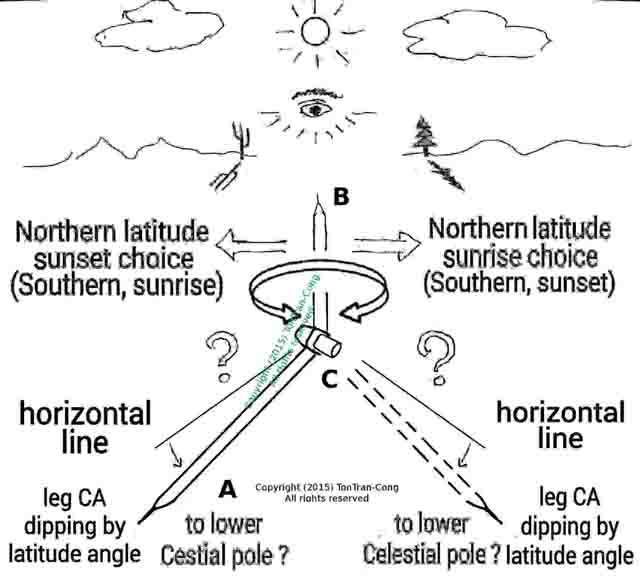
Figure: Finding North direction and local time with a divider (viewed against the Sun).

Figure: Finding North direction and local time with a divider (viewed against the Sun).
1.1/- Let the two legs of the divider be CA and CB. Let CA and CB of the divider form an angle ACB equal to that from the lower Celestial pole to the Sun. This angle is obtainable from the declination of the Sun and can also be easily worked out by the observer. (A divider or a dividing compass is a compass with two long legs having pointed ends. The lower Celestial pole is the Celestial pole below the ground plane of the observer.)
1.2/- Point the second leg CB of divider to the Sun. Rotate the divider about its second leg CB so that its first leg CA points slightly downwards to the ground, inclined to the ground by an angle equal to the local latitude while leg CB still points to the Sun.
1.3/- There are usually two such dipping positions for leg CA, each has its dipping angle equal to the latitude angle. Only one position for CA is the correct one.
Figure: Aligning the divider along the directions of Sun rays and the laying of compass points.
1.4/- The correct choice for the position of leg CA is given by the following rules: 4a/- At a Northern latitude and during sunrise half-day : Downward axis points (Southwards) to the left of the ray from the Sun. 4b/- At Noon: The two possible positions of leg CA coincide and there is only one single position for leg CA. 4c/- At a Northern latitude and during sunset half-day : Downward axis points (Southwards) to the right of the ray from the Sun. 4d/- On the other hand, at a Southern latitude and during sunrise half-day downward axis points (Northwards) to the right of the ray from the Sun while during sunset half-day it points (Northwards) to the left of the ray from the Sun. 4e/- Observer must be absolutely certain of being in which half (sunrise or sunset) of the day as any mixing up between the sunrise and the sunset halves of the day will give an error in direction of more than 90 degree. 4f/- The correct choice makes leg CA points downwards to the lower Celestial pole and leg CB rotates around leg CA exactly one whole turn every 24 hours. (Users can easily make up ways to remind themselves of the choice dictated by 4a, 4b and 4c.)
Figure: Finding North direction and time using the Sun and a divider.
1.5/- The terrestrial North-South is the projection of leg CA onto the ground surface. This method gives directions with an accuracy of better than 15 degrees of angle when the Sun is far away from the zenith of the observer.
Figure: Reading time from the divider.
Figure: Daily travel of the Sun on the Celestial sphere.
1.6/- Imagine having a 24-hr watch dial mounted onto the leg CA of the divider with the marking for 0th hour on the highest position. The local time is then given by the position of leg B relative to this imaginary dial. Time reading from the position of CB gives local time with an accuracy smaller than 30 minutes.

Figure: Summary of the steps for all solar position (above and below the horizon).
The author has been using his method for more than ten years and found it to be applicable, convenient and accurate for both Northern and Southern latitudes.
1.7/ If the Moon can be seen in day light, a navigator should continue from the so determined direction of the Celestial axis to measure the declination of the Moon and its angular distance from the Sun for that day. He can then continue his accurate determination of Celestial axis during the Moon lit part of the night by replacing the unseen Sun by the Moon together with its value of declination and angular distance from the Sun supplied by himself.
2.Cautionary notes.
C1/- Newcomers to this method should only practice it when the Sun has low elevation angle to get used to the right and left hand selection rules and to the judgement on the amount of dipping of the leg CA to find the Celestial axis.
C2/- People who fall asleep because of exhaustion or sickness may get confused between the two halves of the day on waking up and may make mistakes when using this method at that moment.
3.Explanation notes.
N1/- There are the North and South Celestial poles in the Celestial sphere. The line joining the North and South Celestial poles is called the Celestial axis. The lower Celestial pole is the one that is under the horizontal plane of the observer, therefore it can not be seen by the observer ! The Southern and Northern Celestial poles are respectively the lower Celestial poles of the Northern and Southern hemispheres of the Earth. The sunrise half-day is from midnight to noon (0 hr at midnight to 12 hr at noon). The elevation angle of the Sun increases during this time. The sunset half-day is from noon to midnight (12 hr at noon to 24 hr at midnight). The elevation angle of the Sun decreases during this time.
N2/- The Celestial axis for any location can be easily found by the following method: Have three similar thin sticks. Tie one of the ends of each stick to a common point P. Let the three sticks point respectively to the positions of the Sun at sunrise, sunset and noon. This can be easily done on any level sandy surface as two sticks can lay on the ground pointing from point P to sunrise and sunset directions while the third stick already has one of its ends resting on P on the ground and only needs small help to be kept in position. Let a sphere (e.g. an orange fruit or a soccer ball) with suitable size touch all three sticks at the same time (The surface may have to be dug around the sphere so that it can touch all three sticks at the same time.). The line joining P to the centre of the sphere is the Celestial axis.
Figure: Declination of the Sun from a rough graph.
N3/- The angle from the lower Celestial pole to the Sun varies like a sine wave with amplitude of 23 degrees 27minutes and period of nearly 365.25 days. It varies slowly and periodically during the year. It is the sum of 90 degrees and the declination of the Sun. The angle is exactly equal to 90 degree on Spring and Autumn equinox days (21st of March and 23 rd of September) It reaches a maximum value of 90+23.5 on local summer Solstice days (21st of June for Northern hemisphere and 21st of December for Southern hemisphere). It reaches a minimum value of 90-23.5 on local winter Solstice days (21st of December for Northern hemisphere and 21st of June for Southern hemisphere). Equinox and Solstice days of the years are the principal days for working out these values .
N4/- The markings on the dial of any analogue watch can be used to measure the angles used for the divider. Any quarter of the watch dial gives an angle of 90 degrees. One hour marking on any 12-hr watch therefore gives an angle of 30 degrees.
N5/- A watch face can be drawn on the ground to obtain more accurate value of solar declination as in the following figure (see reference [1]).

Figure: Determining solar declination using a watch face. (The lines “SOLAR DECLINATION Its rough estimate is required for Fine Alignment of the watch” are to be ignored.)
4.Additional notes.
Figure: Improvised instructional divider made from a stylish, pen-styled compass by extending its legs using plastic drinking straws.
The instructional divider is built from a pocket, pen-styled (Vietnamese, Thien-Long brand) compass. The two legs are extended by pushing two plastic drinking straws (in yellow colour) onto the cylindrical ends of the compass. Fortunately, the fit is just right. The device works very well and costs me under $3USD !
References (added 09 Mar 2017)
[1]. tonytran2015, Good approximation to solar declination by a watch face, survivaltricks.wordpress.com, posted on February 13, 2017
[2a]. (same topic on youtube) https://www.youtube.com/watch?v=iWgqO9CsQvU&t=58s
[2b]. (same topic on youtube) https://www.youtube.com/watch?v=noo2OoJ84tU
RELEVANT SURVIVAL blogs (Added after February, 2017)
, posted on 2018 July 10
, posted on February 13, 2017
Finding accurate directions using a watch, posted on May 19, 2015
Finding North direction and time using the hidden Sun via the Moon . Posted on July 6, 2015
Finding North direction and time accurately from the horn line of the Moon. Posted on August 12, 2015. This is my novel technique.
Finding North direction and time using the Moon surface features. Posted on July 1, 2015.
Finding-north-by-stars-for-beginners, posted on September 20, 2017
Finding North and time by stars. Posted on August 28, 2015 .
Finding North and time with unclear sky. Posted on October 17, 2015.
Finding North direction and time by any bright star, posted July 22, 2016
Click here for my other blogs on  SURVIVAL
SURVIVAL
SURVIVAL CONTENTS BLOG IMAGE OF SURVIVAL CONTENTS
![]()
MONEY CONTENTS BLOG IMAGE OF MONEY CONTENTS
SOCIAL ISSUES CONTENTS BLOG IMAGE OF CONT. OF SOCIAL ISSUES
LIVING BLOG LIVING CONTENTS BLOG IMAGE OF LIVING CONTENTS
HOW TO BLOG HOW TO CONTENTS BLOG IMAGE OF HOW TO CONTENTS
Click here go to  Home Page (Navigation-Survival-How To-Money).
Home Page (Navigation-Survival-How To-Money).
ARCHIVAL HOME PAGE CONTENTS HOME PAGE BLOG IMAGE OF CONTENTS HOME PAGE
SUBSCRIPTION: [RSS – Posts], [RSS – Comments]
MENU: [Contents][Blog Image of Contents ][Archives ] [About]
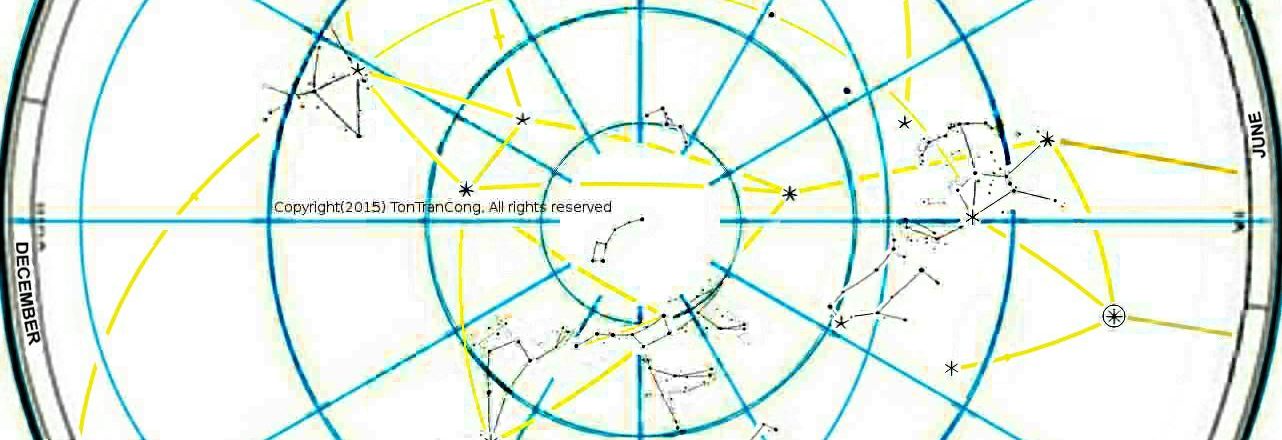



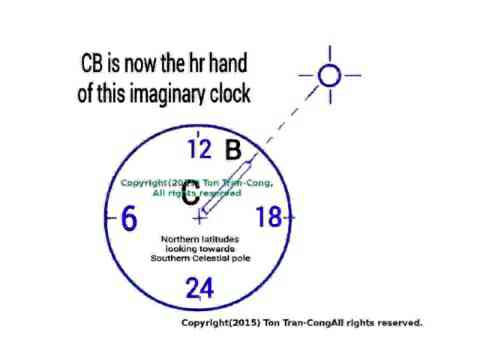

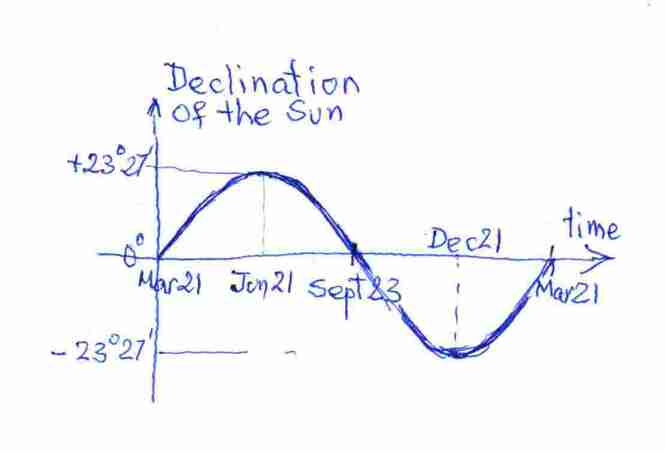











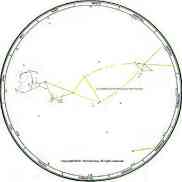
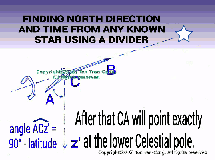
Hi my friend! I want to say that this post is awesome, nice written and include approximately all vital infos. I would like to see more posts like this.
LikeLike
“Hi! I just want to give you a huge thumbs up for your excellent info you’ve got right here on this post. I will be returning to your site for more soon.”
LikeLike
I would like to thank you for the efforts you’ve put in writing this blog. I’m hoping to see the same high-grade blog posts by you in the future as well. In truth, your creative writing abilities has inspired me to get my own site now 😉
LikeLiked by 1 person
I think the admin of this web page is in fact working hard in support of
his web page, because here every information is quality based information.
LikeLiked by 1 person
Greetings! This is my first visit to your blog! We are a group of volunteers and starting a new project in a community in the same niche. Your blog provided us beneficial information to work on. You have done a marvellous job!
LikeLike